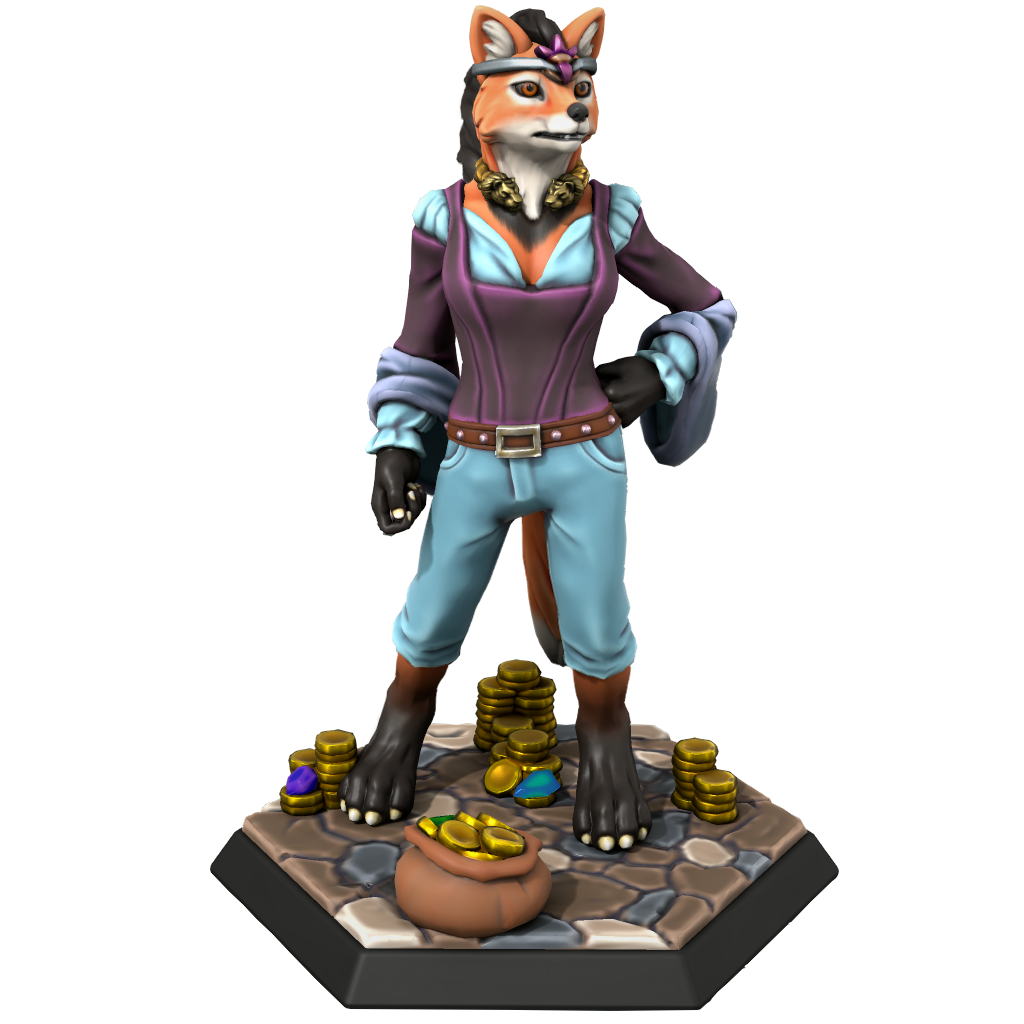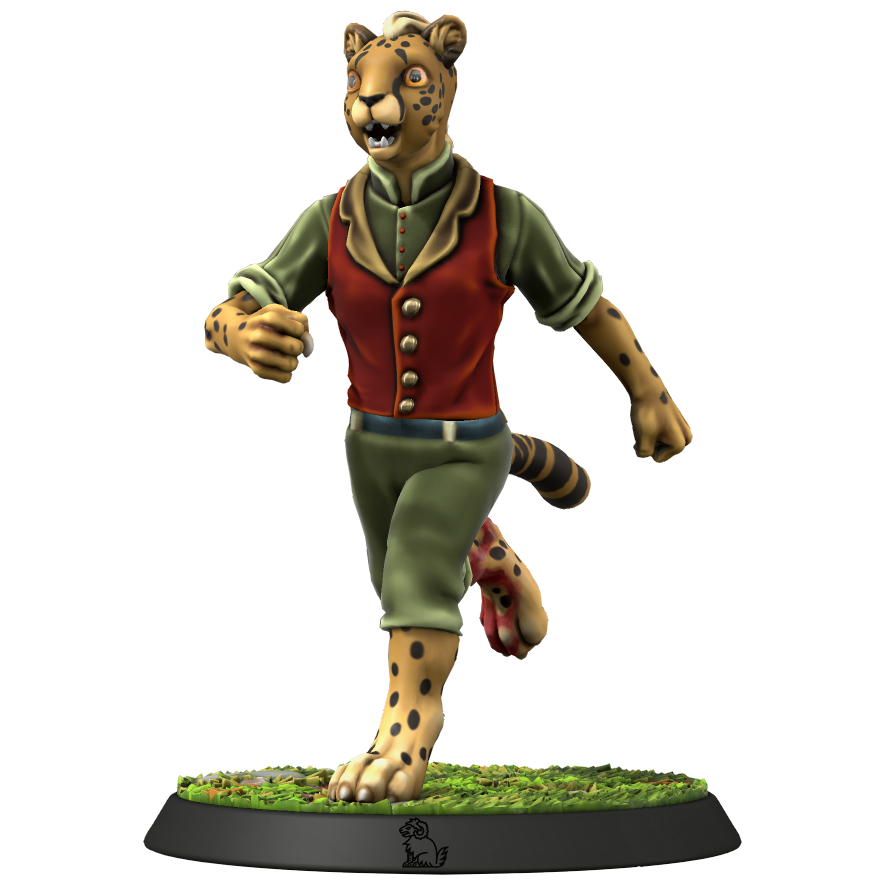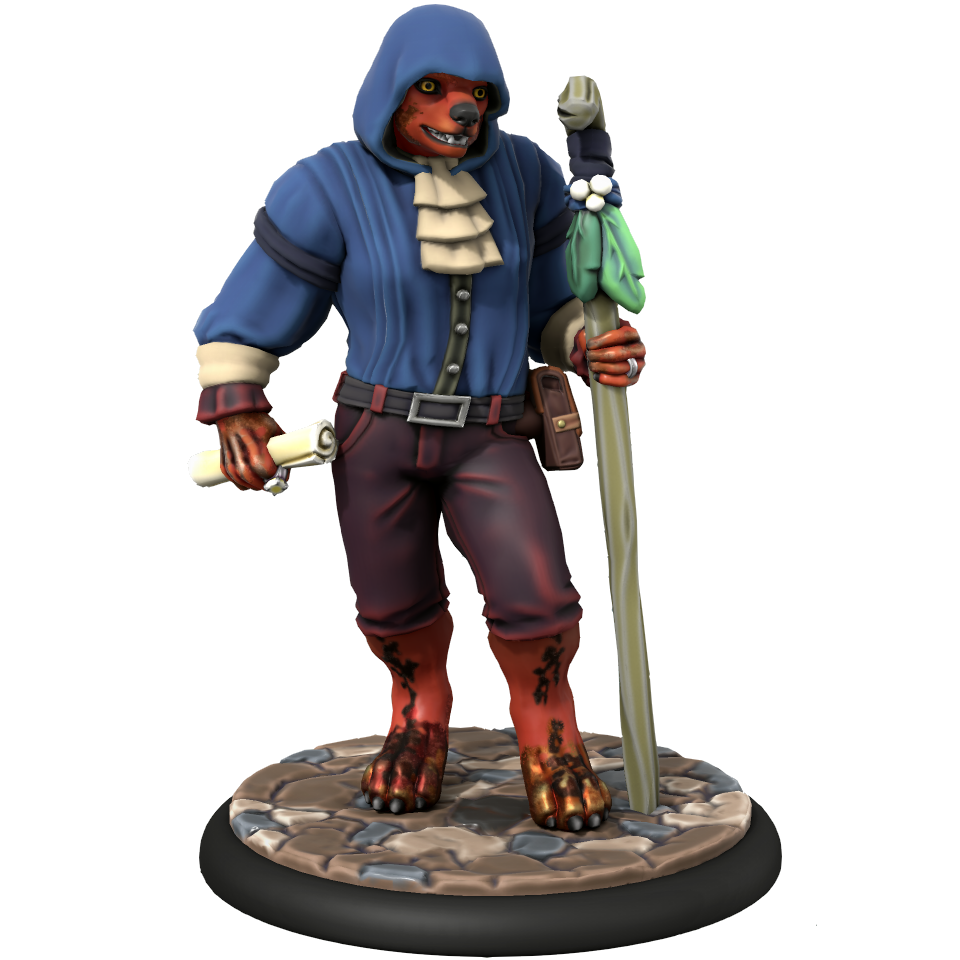Rust
The year 3014 marked the end of the Era of Alzufhars for the Haan Archipelago.
On the 3rd of Reaping, the first reports of the air turning orange arrived, and soon enough the entire archipelago was covered by an orange filter that announced torment for almost everybody that dared dwell too high above ground level. As the orange "fog" settled a couple of meters above ground, those who were in contact with it started showing the signs of rust, the name given to the disease caused by the events of the catastrophe that became known as The High Rust.
It was acquired, seemingly at random, by staying in contact with the orange air. Brief encounters were generally harmless, and several days of exposure were needed to trigger the condition in most cases.
There is no consensus on whether drinking or bathing in the orange-tainted water could trigger the condition if gathered or used below the affected altitude. The Rust could affect any matter, including living or dead creatures, plants, minerals or structures.
Living beings were the most affected, with the condition progressing much faster than on buildings or terrains.
The condition developed fast, and entire extremities could crack and fall in a matter of weeks. As the ulcers would close down the arteries and veins on their way, blood loss could turn out to be minimal even for these massive amputations. The rust's ulcers start on the surface of the skin or material and generally expand to the sides way faster than they dig down, so a person could have had most of their skin affected before any of their internal organs would be compromised, though the actual development of the disease varied case by case. Rust could kill by many means, such as corroding the internal organs to the point of failure, destroying key points like the brain or arteries on the neck, making the sufferer unable to avoid danger, or lowering the person's defences and opening the path for opportunistic illnesses.
Those areas kept the "rusty" colour and texture, though some of the patients saw the ulcers very slowly fading in intensity and even getting smaller through the years, and other had the ulcers replaced by reddish scar tissue. Many affected people had to choose amputation of limbs or other body parts to avoid bleeding, chronic pain or detachment of the skin, with the disease leaving hundreds of disfigured victims covered in bald patches.
 The High Rust was the most impactful event in the archipelago on the century, and even millenia before.
The High Rust was the most impactful event in the archipelago on the century, and even millenia before.
The start of a new era was declared after the rust killed the Queen of Merthiorn as the first of many other deaths among the rich and powerful.
The High Rust was directly responsible for the fall of the Kingdom of Merthiorn and the city-state of Bregos. Many organizations and societies needed to restructure due to the impact of the rust, as rich people in positions of high power were among the most affected. The amount of destruction and death tipped the scale of political issues, turning into an important factor for the Civil War on Karte, the Purge of Morals and other smaller conflicts.
Many people declared it to be some divine or supernatural intervention to bring justice against the "too powerful".
Words like "eaten" were adopted to refer to people that corroded to death, while the blunt term "collateral" became a popular way to refer to people of lower means who got affected by the rust, especially those who got exposed by working for the rich.
On the 3rd of Reaping, the first reports of the air turning orange arrived, and soon enough the entire archipelago was covered by an orange filter that announced torment for almost everybody that dared dwell too high above ground level. As the orange "fog" settled a couple of meters above ground, those who were in contact with it started showing the signs of rust, the name given to the disease caused by the events of the catastrophe that became known as The High Rust.
Being Corroded
Acquisition
Despite the initial panic towards the refugees from the high settlements, it was soon confirmed that the rust was non-contagious.It was acquired, seemingly at random, by staying in contact with the orange air. Brief encounters were generally harmless, and several days of exposure were needed to trigger the condition in most cases.
There is no consensus on whether drinking or bathing in the orange-tainted water could trigger the condition if gathered or used below the affected altitude. The Rust could affect any matter, including living or dead creatures, plants, minerals or structures.
Living beings were the most affected, with the condition progressing much faster than on buildings or terrains.
Symptoms
A living being or a material affected by the rust would present the condition as dry, copper-coloured ulcers that would flake off or slowly degrade into dust and would not close, looking very similar to the rusting of metals.The condition developed fast, and entire extremities could crack and fall in a matter of weeks. As the ulcers would close down the arteries and veins on their way, blood loss could turn out to be minimal even for these massive amputations. The rust's ulcers start on the surface of the skin or material and generally expand to the sides way faster than they dig down, so a person could have had most of their skin affected before any of their internal organs would be compromised, though the actual development of the disease varied case by case. Rust could kill by many means, such as corroding the internal organs to the point of failure, destroying key points like the brain or arteries on the neck, making the sufferer unable to avoid danger, or lowering the person's defences and opening the path for opportunistic illnesses.
Treatment
No treatment was found to reverse the effects of the rust. Leaving the high terrain and getting as close to sea level as possible could stop the progress of the disease, with higher chances the earlier the sick person would escape the orange zones, reaching around a half chance of a full stop on the spread of the ulcers. For those who stayed in the affected areas or whose disease would continue progressing, the rust would become almost invariably fatal.Surviving the Rust
After the end of the High Rust, around 80% of those affected would see their disease stop expanding. While many would still die due to the complications of it, many survivors remained and were able to continue their lives. Survivors of the rust kept their existing patches of corrosion as sequela, with the ulcers staying dry and flaky and requiring ointments and bandages to diminish the sensitivity and pain of the flaking.Those areas kept the "rusty" colour and texture, though some of the patients saw the ulcers very slowly fading in intensity and even getting smaller through the years, and other had the ulcers replaced by reddish scar tissue. Many affected people had to choose amputation of limbs or other body parts to avoid bleeding, chronic pain or detachment of the skin, with the disease leaving hundreds of disfigured victims covered in bald patches.
Cultural Impact

Queen Tesel by Naelin

Flag of Bregos by Naelin
The start of a new era was declared after the rust killed the Queen of Merthiorn as the first of many other deaths among the rich and powerful.
The High Rust was directly responsible for the fall of the Kingdom of Merthiorn and the city-state of Bregos. Many organizations and societies needed to restructure due to the impact of the rust, as rich people in positions of high power were among the most affected. The amount of destruction and death tipped the scale of political issues, turning into an important factor for the Civil War on Karte, the Purge of Morals and other smaller conflicts.
Eaten and Collaterals
The undeniably disproportional impact on rich people brought many theories for the origin and reasons behind the event to the minds of societarians.Many people declared it to be some divine or supernatural intervention to bring justice against the "too powerful".
Words like "eaten" were adopted to refer to people that corroded to death, while the blunt term "collateral" became a popular way to refer to people of lower means who got affected by the rust, especially those who got exposed by working for the rich.









It is a wonderfully horrific, mysterious and unsettling affliction. The descriptions and reactions are well done.